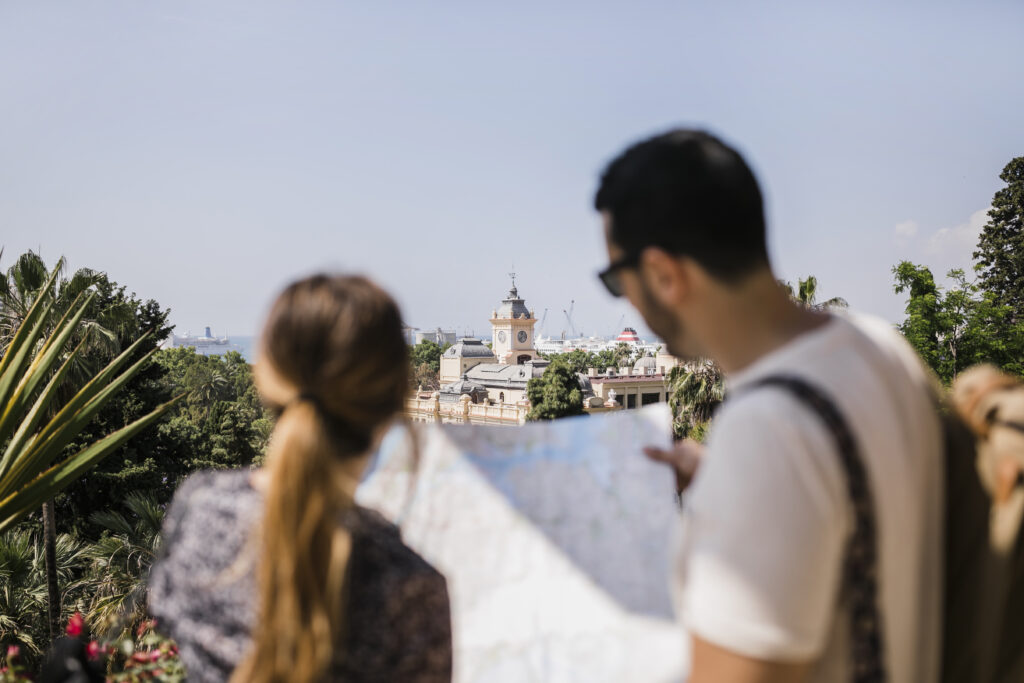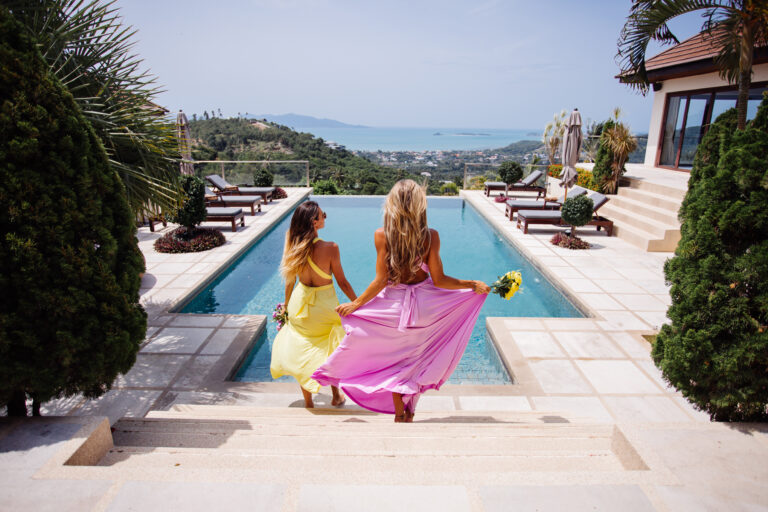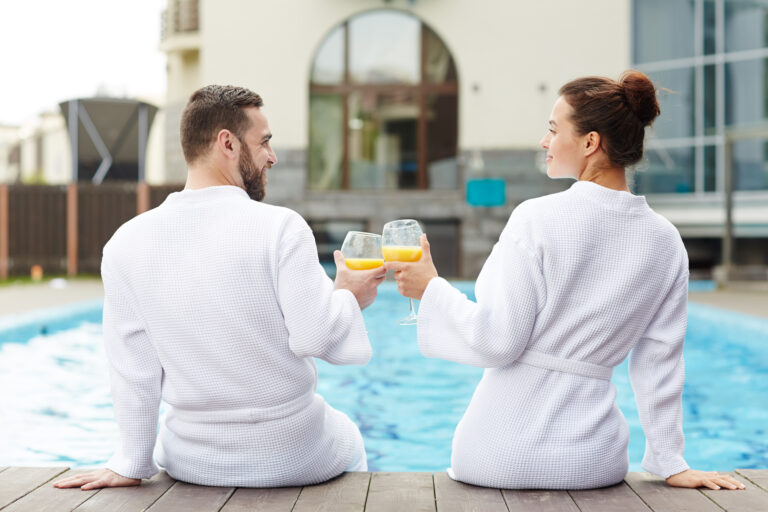Lima, Peru capital, is a vibrant city on the Pacific coast, blending centuries of history with modern flair. As the Peru capital, Lima has nearly 10 million residents and spans diverse districts from the historic downtown to beachside neighborhoods. Visitors flock here for its colonial plazas, world-class museums, world-renowned cuisine, and scenic ocean views.
In fact, Lima’s historic center (the “Ciudad de los Reyes”) was founded by Francisco Pizarro in 1535 and served as the administrative heart of the Spanish Viceroyalty. This rich legacy of architecture and culture makes the city a UNESCO World Heritage site.
Today, Lima is also celebrated as a gastronomic capital – it was named the “Best Gastronomic Destination” in Latin America at the 2024 World Culinary Awards. From ancient Inca pyramids to cutting-edge art galleries, Lima has something for every traveler.

History and Culture of the Peru Capital
Lima’s past is as colorful as its present. Spanish conquistador Francisco Pizarro founded the city on January 18, 1535, naming it “Ciudad de los Reyes” (City of Kings). For over two centuries, Lima was the most important city of Spain’s South American empire – a political, religious, and cultural center.
As you walk the Historic Center, you see grand colonial buildings, ornate churches, and wide plazas that reflect this heritage. The UNESCO World Heritage site encompasses the Plaza de Armas, the Government Palace, Lima Cathedral, and the Monastery of San Francisco – highlighting how local artisans blended European and indigenous styles.
Modern Lima is equally dynamic. It sits in a coastal desert valley between the Pacific Ocean and the Andes Mountains, giving it a unique climate and scenery. Lima’s neighborhoods are distinct: the upscale Miraflores has coastal parks and shopping, bohemian Barranco is rich in art and nightlife, and the downtown areas of San Isidro and Historic Lima showcase museums and colonial mansions.
The city proudly supports Peru capital diverse heritage – for example, the Larco Museum holds pre-Columbian artifacts, while colorful street festivals celebrate indigenous and colonial traditions. Overall, Lima offers “rich history, beautiful neighborhoods, and some of the most advanced culinary scenes in South America”.
Top Tourist Attractions in Lima
Lima’s attractions range from archaeological sites to modern waterfront parks. Below is an ultimate list of must-see spots in the Peru capital:
- Plaza Mayor (Plaza de Armas): The heart of Historic Lima. Surrounded by the Presidential Palace, Archbishop’s Palace, and Lima Cathedral, it’s the classic image of colonial Peru capital. Don’t miss the changing of the guard ceremony at the Government Palace.
- Cathedral of Lima: Overlooking the Plaza Mayor, this imposing 17th-century cathedral houses the tomb of Francisco Pizarro and boasts beautiful altars and paintings.
- Convent of San Francisco: A short walk from the main square, this UNESCO-listed monastery is famed for its catacombs (underground ossuary) and Spanish Baroque library. The tale of buried monks and the 1654 retablo (wooden altarpiece) make it one of Lima’s most fascinating sites.
- Plaza San Martín: A grand plaza honoring Peru capital liberator, José de San Martín. It’s ringed by elegant early-20th-century buildings and often hosts festivals and gatherings.
- Huaca Pucllana: An ancient adobe pyramid right in Miraflores. Once a ceremonial center of the Lima culture (circa 200–700 CE), this terraced pyramid stands amid modern high-rises. Guided tours explain the pre-Inca ruins and artifacts found on site.
- Larcomar & Miraflores Boardwalk: Larcomar is a dramatic red-roofed mall built into Miraflores’ cliffs (seen in the intro image). It overlooks the Costa Verde shoreline park. Stroll the Malecón (cliffside promenade) to enjoy ocean views, surfers below, and art installations like the Parc del Amor mosaic wall.
- Parque del Amor (Love Park): A flower-filled park on the Miraflores cliff, famous for the large sculpture “El Beso” (The Kiss) and quotes from Peruvian poets. It’s a romantic spot with dramatic sunsets over the Pacific.
- Barranco District: Lima’s bohemian quarter, known for colorful street art, handicraft shops, and nightlife. Walk across the Puente de los Suspiros (Bridge of Sighs) and soak in the vintage wooden architecture. The Pedro de Osma Museum here is an excellent art collection housed in a colonial mansion. At night, Barranco’s bars and peñas (folk music clubs) come alive.
- Museo Larco: One of Lima’s finest museums, housed in an 18th-century vice-royal mansion near the Pueblo Libre district. It displays an outstanding collection of pre-Columbian art, including ceramics, textiles, and the famous Moche gold gallery. There’s a lovely cafe and garden on site.
- Museo de Arte de Lima (MALI): The city’s main art museum, located in an elegant building overlooking the Santa Beatriz Park. MALI’s galleries span ancient art to contemporary works, perfect for art lovers interested in Peru capital cultural evolution.
- Museo de la Nación: Near MALI, this museum surveys Peru capital complete history—from ancient Andean civilizations through modern times—with impressive artifacts and displays.
- Circuito Mágico del Agua (Magic Water Circuit): A unique nighttime park with 13 illuminated fountains, recognized by Guinness World Records as the world’s largest fountain complex. Plan an evening visit to watch the choreographed light-and-music fountain shows. The interactive tunnels and dancing waters make for fun photo opportunities. (Insider tip: Bring a light jacket; the evening coastal air can be cool.)
- Pachacamac Ruins: Just outside Lima, this vast pre-Inca and Inca archaeological site overlooks the valley south of the city. It was a major pilgrimage center featuring temples (the Sun Temple), plazas, and pyramids. A half-day tour here provides insight into ancient Andean religion and architecture.
- Palomino Islands and Sea Lions: Take a boat trip from the port of Callao (15 minutes from Lima) to the Palomino Islands, home to over 10,000 sea lions. You can swim among the playful sea lions – a surreal wildlife experience near Lima. Sea lion tours often include watching birds like penguins on the small islands. (This is a popular day trip option).
- Surfing and Beaches: Lima’s coastline offers decent waves for beginners. The beaches along the Costa Verde (e.g. Waikiki, Makaha in Miraflores) have surf schools. Note that the Pacific water is chilly (about 59°F/15°C), so wear a wetsuit if you surf. On weekends, you’ll see surfers and paragliders dotting the cliff-lined beaches.
- Food and Drink: Lima is often called the food capital of Latin America. You must try ceviche, Peru capital signature dish of raw fish “cooked” in lime juice – it originated in Peru capital. Top cevicherías include La Mar (in Miraflores) and local gems like La Canta Rana (in Barranco). Don’t miss sampling other Peruvian classics: lomo saltado (beef stir-fry), anticuchos (grilled skewers), and a pisco sour cocktail. Lima’s award-winning restaurant scene (from fine dining to street food) reflects global and indigenous flavors. In fact, Lima was named the “Best Gastronomic Destination” in the region in 2024.
- Shopping and Markets: For souvenirs and snacks, visit the Indian Market (Mercado Artesanal) at Miraflores Parque Kennedy for crafts, textiles, and alpaca wool items. The nearby Larcomar Mall has international and Peruvian boutiques. For local life, check out Surquillo Market for fresh fruits, local cheeses, and coffee.
- Parks and Recreation: Beyond the Magic Water, Lima has green spaces like the Kennedy Park (center of Miraflores, famous for its resident cats), and the Loro Parque aviary in El Olivar Park (San Isidro). Sports fans can see a soccer match at the massive Estadio Nacional if games are on.
Planning Your Visit: Tips & FAQs
- How many days in Lima? Most guides recommend 2–3 full days to cover Lima’s highlights and get a feel for its culture. Many travelers use Lima as a starting point (for Machu Picchu or Cuzco trips) but extending your stay is worthwhile to enjoy the city’s attractions and food.
- When to visit? Lima has a mild climate year-round. The sunniest season is summer (December–April), while May–November are cooler and foggy (desert mist called garúa). Despite few rains, winter fog can obscure the sun. Plan beach or fountain outings after verifying weather, but the culinary and museum attractions are great any time.
- Safety tips: Lima is generally safe in tourist areas, but as in any large city, exercise normal precautions. Stick to well-known neighborhoods like Miraflores and Barranco in the evenings, keep belongings secure, and use official taxis or ride-share apps. One travel guide notes that Lima “may not be the safest destination” due to crime, so taking simple steps (hotel safety locks, leaving passports in a safe, etc.) is wise. Overall, Lima is tourist-friendly as long as you stay alert.
- Language and Currency: Spanish is the main language, though English is spoken in hotels and tour spots. The currency is the Peruvian sol (S/). Credit cards are widely accepted, but carry some cash for markets and taxis.
- Getting Around: Lima is very spread out. The Metropolitano bus lines and the small Metro can take you between districts quickly. Taxis (especially via apps like Uber) are affordable. Traffic can be heavy, so allow travel time between sites. Walking around Miraflores, Barranco, and the Historic Center is enjoyable, but use caution when crossing busy streets.

Interactive Elements and Visitor Examples
- Free Walking Tours: A great way to start is joining a free walking tour of downtown Lima. Guides (often students or locals) walk you through the Plaza de Armas, San Francisco area, and explain Lima’s history and architecture. It’s an easy way to see the “classic” sites and meet fellow travelers. Tour companies also operate tours in Miraflores and Barranco.
- Family-Friendly: Lima has attractions for all ages. Kids love the fountains at Magic Water Circuit (many interactive water features), the Larco Museum’s gold gallery, and the cats at Kennedy Park. Taking a boat out to see sea lions is also fun for families.
- Gastronomy Tours: Join a food tour to sample Lima’s dishes in local markets and eateries. It’s a popular activity in the capital, since Lima’s cuisine is world-class. Some tours focus on street food, others on gourmet ceviche and cocktails (pisco sour)!
- Cultural Events: Check if your visit coincides with festivals. Lima celebrates Independence Day (July 28–29) with parades and concerts. Every Sunday morning the historic center closes streets for Cortometraje, with music and markets. Art exhibitions frequently open in Barranco.
Conclusion
Visiting the Peru capital is like stepping into a living museum where history, culture, and modern life come together. Lima is not only the administrative and cultural heart of Peru but also a city that invites you to explore its contrasts—colonial plazas beside contemporary skyscrapers, ancient ruins surrounded by modern neighborhoods, and traditional street food alongside world-class restaurants.
For travelers, the Peru capital offers something unique at every turn. History buffs can wander through centuries-old monasteries and museums. Food lovers will find endless joy in cevicherías and award-winning restaurants. Families can enjoy parks, fountains, and coastal boardwalks, while adventurers can surf, paraglide, or take day trips to nearby ruins and islands.
What makes Lima unforgettable is the way it reflects the essence of Peru itself: diverse, flavorful, and full of life. Whether you spend two days or a full week, the memories of sunsets over the Pacific, the taste of fresh ceviche, and the charm of its neighborhoods will stay with you long after you leave. The Peru capital is not just a stopover—it’s a destination worth savoring.





